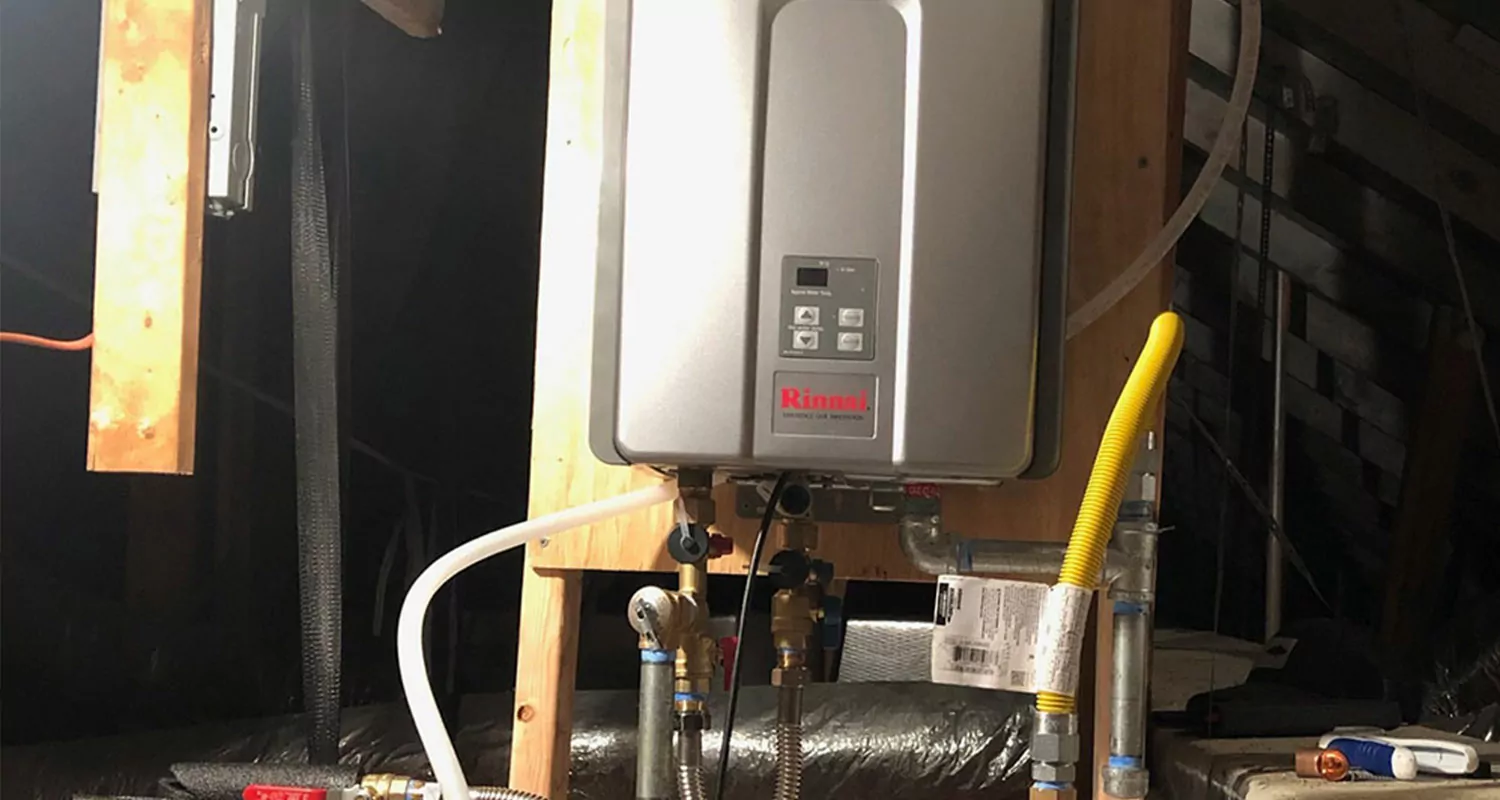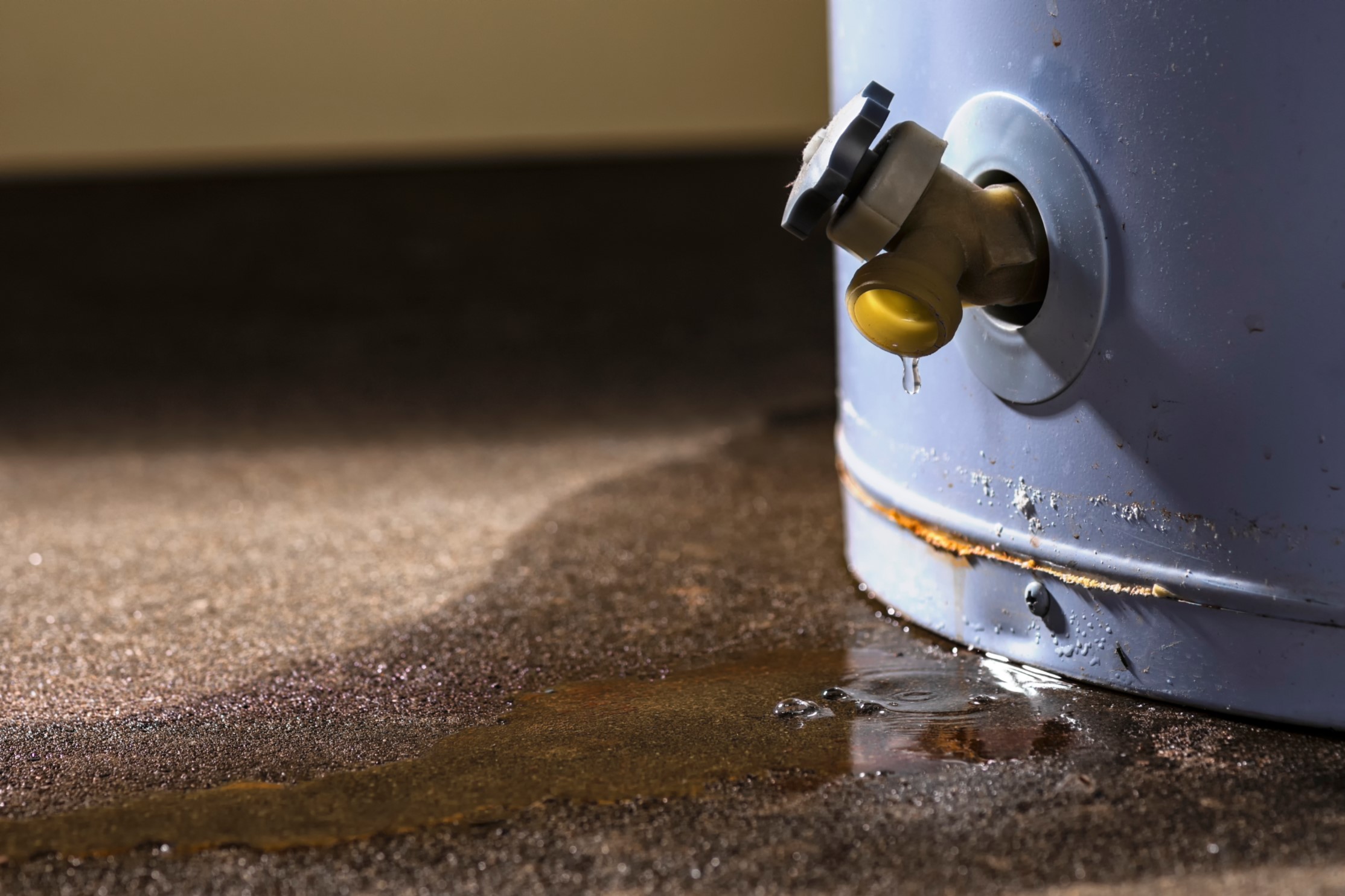Best Practices for Maintaining Your Home's Hot Water System
Best Practices for Maintaining Your Home's Hot Water System
Blog Article
We have unearthed the article about Tips For Maintaining Your Hot Water Heater below on the web and concluded it made good sense to quickly share it with you here.

Warm water is important for day-to-day comfort, whether it's for a rejuvenating shower or washing recipes. To guarantee your hot water system runs successfully and lasts longer, normal upkeep is key. This post provides sensible suggestions and understandings on how to keep your home's warm water system to prevent disruptions and pricey repair services.
Introduction
Keeping your home's warm water system may seem overwhelming, yet with a couple of easy actions, you can guarantee it operates efficiently for several years to find. This guide covers every little thing from comprehending your hot water system to do it yourself maintenance tips and recognizing when to call in expert help.
Relevance of Maintaining Your Warm Water System
Regular upkeep not only extends the life-span of your hot water system yet likewise ensures it runs effectively. Neglecting maintenance can bring about reduced efficiency, greater energy expenses, and even early failing of the system.
Indications Your Warm Water System Demands Maintenance
Knowing when your warm water system requires interest can prevent significant concerns. Watch out for signs such as irregular water temperature level, strange sounds from the heating unit, or corroded water.
Comprehending Your Hot Water System
Prior to diving right into maintenance jobs, it's valuable to recognize the fundamental components of your warm water system. Normally, this includes the hot water heater itself, pipes, anode rods, and temperature level controls.
Monthly Upkeep Tasks
Routine monthly checks can aid catch small problems prior to they intensify.
Flushing the Hot Water Heater
Flushing your hot water heater removes debris buildup, boosting effectiveness and lengthening its life.
Checking and Changing Anode Rods
Anode rods protect against rust inside the container. Checking and changing them when worn out is vital.
Evaluating and Changing Temperature Level Setups
Adjusting the temperature setups guarantees optimum performance and safety and security.
DIY Tips for Maintenance
You can execute several upkeep tasks yourself to maintain your hot water system in top problem.
Checking for Leaks
Consistently inspect pipes and links for leakages, as these can bring about water damage and greater bills.
Evaluating Pressure Alleviation Valves
Examining the pressure safety valve guarantees it functions properly and stops too much pressure accumulation.
Shielding Pipelines
Insulating hot water pipes minimizes warmth loss and can save energy.
When to Call an Expert
While DIY upkeep is valuable, some concerns need specialist proficiency.
Complicated Problems Calling For Specialist Aid
Examples include major leaks, electric troubles, or if your hot water heater is consistently underperforming.
Routine Specialist Maintenance Benefits
Professional maintenance can include extensive evaluations, tune-ups, and making sure conformity with security criteria.
Verdict
Normal upkeep of your home's warm water system is important for effectiveness, durability, and expense savings. By complying with these tips and knowing when to look for expert assistance, you can make sure a dependable supply of warm water without unanticipated disturbances.
How to Maintain an Instant Hot Water Heater
Before tinkering with your hot water heater, make sure that it’s not powered on. You also have to turn off the main circuit breaker and shut off the main gas line to prevent accidents. Also turn off the water valves connected to your unit to prevent water from flowing into and out of the appliance. 2. When you’re done, you have to detach the purge valves’ caps. These look like the letter “T†and are situated on either side of the water valves. Doing so will release any pressure that has accumulated inside the valves while at the same time avoid hot water from shooting out and burning your skin. 3. When the purge valves’ caps are removed, you have to connect your hosing lines to the valves. Your unit should have come with three hoses but if it didn’t, you can purchase these things from any hardware or home repair shops. You can also get them from retail stores that sell water heating systems. Read the user’s manual and follow it to complete this task properly. When the hosing lines are connected, open the purge port’s valves. 4. You should never use harsh chemical cleaners or solutions when cleaning your unit. Make use of white vinegar instead. It should be undiluted and you’ll probably use about 2 gallons. 5. Now flush your water heater. This task should probably take about 40 minutes. We can’t give you specific directions for this because the procedure is carried out depending on the type, model and brand of your heater. With that being said, refer to the user’s manual. 6. When you’re done draining the unit, you have to turn off the purge port valves again. Remove the hosing lines that you earlier installed on each of the water valves. Put the valve caps (purge port) back in their respective places and be very careful so as not to damage the rubber discs that are found inside these caps. 7. Now that everything’s back in place, check your user’s manual again to find out how to reactivate your water heating system. 8. Once it is working, turn one of your hot water faucets on just to let air pass through the heater’s water supply pipes. Leave the tap on until water flows smoothly out of it. https://www.orrplumbing.com/blog/2014/september/how-to-maintain-an-instant-hot-water-heater/

Do you enjoy more info about Water Heater Maintenance Tips You Can't Afford to Forget? Leave feedback down below. We would be delighted to hear your responses about this entry. Hoping that you come back again soon. Are you aware of somebody else who is involved in the niche? Be sure share it. Thanks a bunch for being here. Return soon.
Set Up An Appointment Report this page